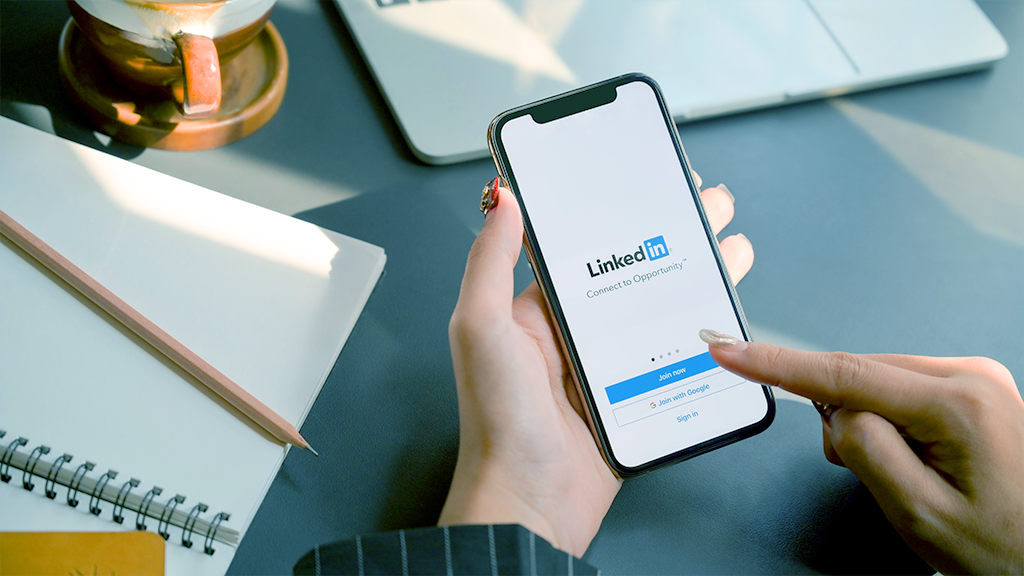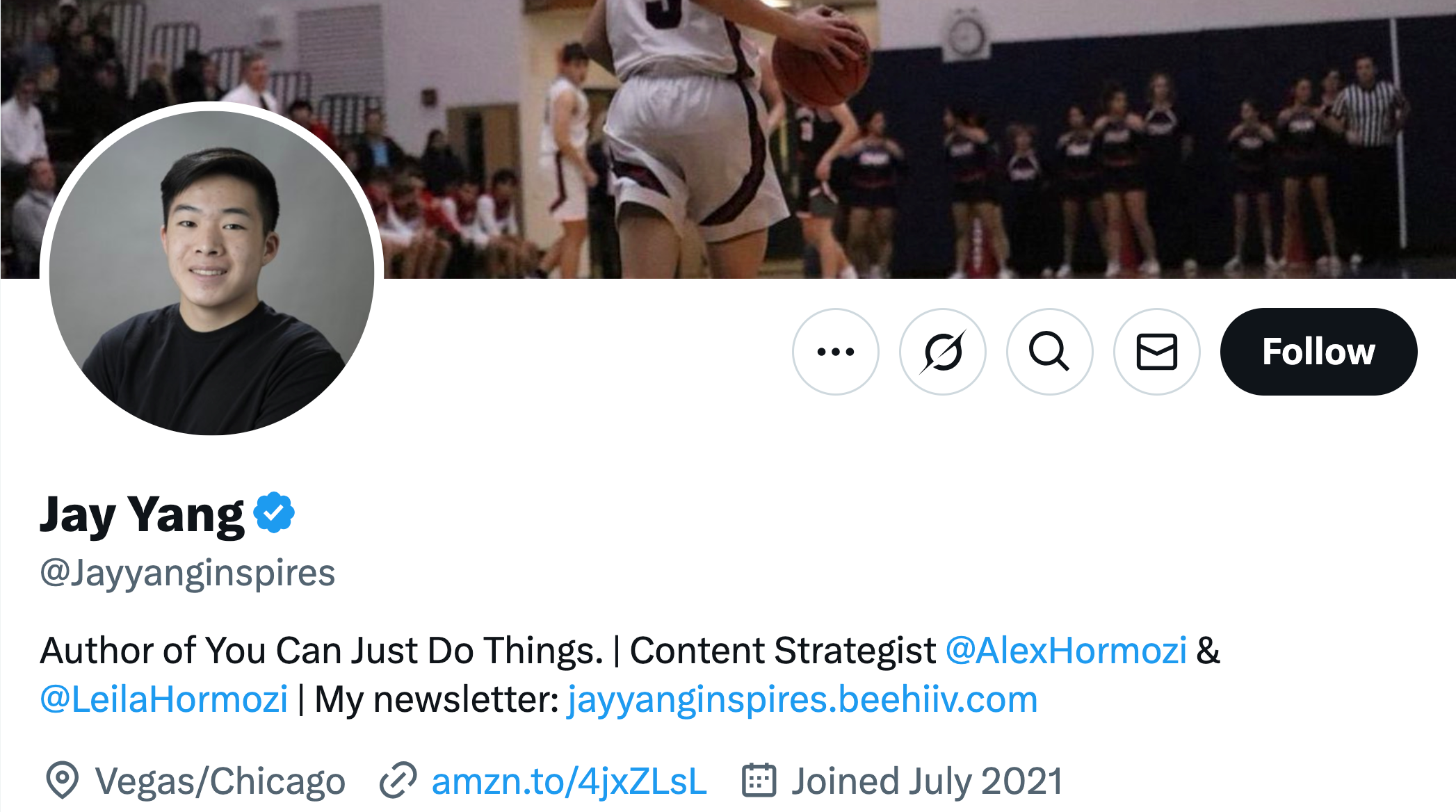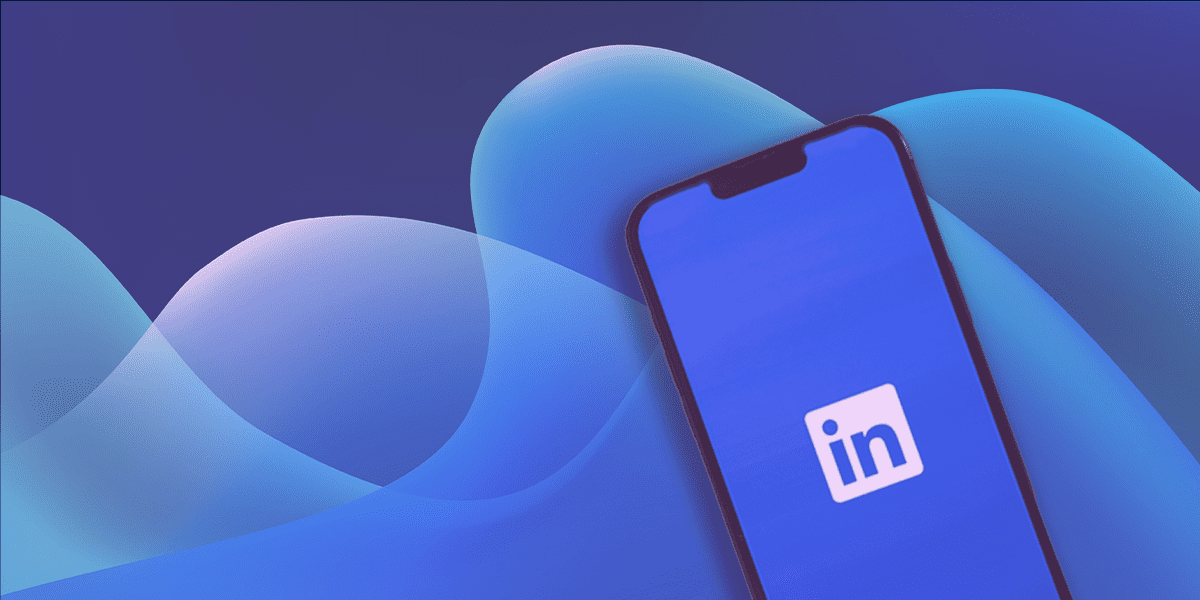
Everyone thinks they know how to network.
Going to coffee chats, dropping a few cold DMs, maybe tossing your résumé into the black hole of LinkedIn’s job board, and hoping for the best.
But here’s the truth…
Networking, as most people know it, is dead.
In 2025, opportunity doesn’t go to the most qualified person on paper. It goes to the most visible, the most strategic, and the most undeniably useful.
If you want to land a top-tier job, work with elite companies, or simply get noticed in a sea of sameness, you don’t need to “network.”
You need to rewrite every outdated rule you’ve ever been taught about career growth, outreach, and personal branding.
This is how you do it.
Use the most popular job networking tool the right way
Most people use LinkedIn to network and find job opportunities, but only in the most basic, surface-level way.
They post a nice headshot. Add a few bullet points. Ask colleagues to endorse their skills. Maybe they send out a few connection requests or message a recruiter.
But that’s not networking. That’s just… existing.
The job market is more competitive than ever. Opportunities are getting scarcer. And the people who land them don’t do it by blending in.
They do it by standing out.
If you want to understand how to network in 2025, you must burn this into your brain:
The best way to build a network is to become someone worth knowing.
When you’re so good they can’t ignore you, you don’t have to chase opportunities. They start coming to you.
I’ve experienced this myself. I didn’t pitch my way into getting most of my freelance clients.
Instead, I focused on writing the best blog posts I could and posting them on my Medium profile.
That’s how I ended up writing posts for Vector. I was referred by a fellow writer because he thought my writing was good. They looked at my writing and thought it was good. We began working together. No pitch required.
Just showcasing my work online led to freelance clients, podcast interviews, high-profile connections, inbound leads, and millions of dollars of income.
Because like attracts like.
When you prove yourself to be a standout, competent, and value-driven person, the right people find you.
So what does that look like on LinkedIn, the number one place people go to network for jobs?
Blending in won’t cut it—be unforgettable
Let’s take two people with the same skillset. Both are UX designers.
Designer A has a basic LinkedIn profile: a headshot, a company history, and a short list of skills.
Designer B has something entirely different. You land on her profile and immediately get pulled in by her About section. It reads:
When it comes to getting more users, customers, and repeat customers, UX design isn’t just a ‘pretty interface’ to be treated like an afterthought; it’s one of the highest ROI pieces to the software puzzle When something is designed well, people don’t just see it differently. They value it more. A watch becomes a status symbol when it’s crafted with intention. A chair becomes a statement piece instead of just something to sit on when designed with care. A car becomes a symbol of identity, emotion, and desire based on the way it’s designed. Design transforms utility into attraction. It adds meaning. It adds margin. It’s why a beautifully designed product can command triple the price. Most items in our lives get more attention and fetch higher prices when they’re designed well because it’s human nature to desire things that work beautifully and look great. Design IS valuable. As a UX designer, I transform complicated problems into intuitive solutions that people love to use. That love translates directly to your bottom line. My designs don’t just look good… they will help your company: Good design is an investment that pays for itself. Let me help you create digital experiences your customers can’t resist. If you’re building something great and need a UX designer who thinks like a strategist and designs like a craftsperson, I’m open to freelance projects, contract roles, or full-time opportunities. Let’s talk: jessie@ilovedsign.com or DM me right here on LinkedIn.
From the jump, you feel her value.
The About page reads like a direct response copy sales page mixed with a creator profile mixed with a qualified applicant. Much better than the typical “I’m a UX designer with 10 years of experience […]” stuff you normally see.
Scroll down, and it gets better.
Her work history isn’t just a list of companies, it’s proof of outcomes:
- Company A: 46% increase in subscriptions after UX overhaul
- Company B: Bounce rate down 10%, resulting in 25% more sales
- Company C: 104% YoY revenue growth post-design revamp
And she’s not stopping there.
Her entire content strategy is built to attract opportunities. She posts about the ROI of UX design, shares redesign breakdowns of major apps, publishes annotated case studies, and creates visuals like “The Anatomy of a High-Converting Landing Page.”
She even designed a Pomodoro timer app just for fun because she’s not waiting for permission to show what she can do.
Behind the scenes, she’s sending thoughtful, personalized connection requests. She leaves meaningful comments on others’ work, endorses relevant skills, and shares valuable articles with people in her space.
Designer A blends in.
Designer B becomes a magnet.
Most people don’t take even one of the steps Designer B took.
Some of it’s entitlement “I have a degree and experience, that should be enough.”
Some of it’s laziness. They want opportunities to just show up in their inbox.
But in 2025, that won’t cut it.
I’ve worked with writers, freelancers, creators, and business owners for years. I’ve seen the same pattern again and again. The people who win aren’t the most talented. They’re the ones who put in just a little more effort than the rest.
If you simply try, it’s easy to beat your competitors.
And that brings us to one of the most powerful networking tactics I’ve ever seen.
How a 19-year-old got hired by a millionaire using the “briefcase technique”
Jay Yang is a young content creator and writer I follow. He’s a perfect example of how to network in 2025. He recently published a book called “You Can Just Do Things,” which embodies the exact ethos for understanding how to network in 2025.
You can just do things to make yourself known, like Jay did.
As a teenager, Jay used his X account to post useful insights and original content. He built a reputation by consistently showing his value. He grew an audience of tens of thousands and became someone worth knowing.
But Jay didn’t just sit back and hope opportunities would come to him. He created his opportunities by using something called the Briefcase Technique, a concept I first heard about from Ramit Sethi, founder of the 8-figure company promoted on his blog, “I Will Teach You Be Rich.”
Instead of telling people what you’re capable of, the Briefcase Technique shows them. Here’s how it works:
- Research the company: Identify their weaknesses or growth gaps.
- Build a custom proposal: Create a document that outlines:
- The specific problems you’ve identified
- Your detailed plan to solve them
- How your ideas will positively impact their bottom line
- Present the work proactively: Bring this solution into the conversation before they even ask.
Jay applied this in a unique way. He sent Noah Kagan, a well-known entrepreneur and founder of AppSumo, a 19-page pitch deck that:
- Broke down Noah’s social media and email strategy
- Highlighted areas for improvement
- Included nine fully-written content pieces Noah could use immediately
Noah hired Jay on the spot to run all of his social and email marketing. He paid a 17-year-old kid $150,00 with zero credentials because credentials don’t matter. If you can prove competence, you can use that competence to figure out how to network and land opportunities.
Jay didn’t ask for permission. He didn’t pitch himself in a generic DM. He didn’t say, “Let me know if you’re hiring.”
He solved problems no one asked him to solve. He proved value before even being on the payroll.
That’s what makes this so effective. While most people submit résumés and hope, Jay showed what working with him would feel like.
Don’t offer to do free work. Just do it.
This strategy is available to anyone. But most people won’t use it.
Why?
Because it takes real effort.
Let’s not sugarcoat it.
They’ll say, “I’m doing everything I can,” when they haven’t done this.
They want to be discovered. They want to be chosen. They don’t want to show up without being invited.
That’s good news for you.
If you’re willing to try even half as hard as Jay did, you’re almost guaranteed to get the kind of gig you want.
You can just ASK them to sponsor you
Once you’ve built credibility, the next step in networking is proximity.
One of the biggest mistakes people make is trying to network across by only talking with peers who are also looking for jobs, trying to get noticed, and are stuck in the same bottleneck.
It feels comfortable. Safe. You’re not risking rejection from people “above your level.”
But that’s the trap.
If you want breakthrough opportunities, you don’t need more friends—you need sponsors.
A sponsor is someone who’s already in the room you want to be in. Someone with decision-making power. Someone who can fast-track your career with a single intro or endorsement.
These people are often more accessible than you think if you approach them correctly.
Steve Jobs understood this better than anyone. As a teenager, he wanted to build a frequency counter but didn’t have the parts.
(Btw, what is it with these teen examples…perhaps they are just too naive to worry about hearing the word no.)
So what did he do? He cold-called Bill Hewlett as in Hewlett-Packard. He just looked him up in the phone book and asked for help.
Hewlett didn’t just send him the parts. He offered Jobs a summer internship at HP.
This wasn’t a calculated networking strategy. It was just a bold ask to someone at a higher level.
You can just ASK.
The best opportunities in your life will not come from your peers. They will come from someone further ahead who takes a chance on you.
So how do you engineer that chance?
🔑 Step 1: Identify your industry’s “power node.”
In every industry, there are a handful of people who hold the keys, like top execs, rising creators, active investors, heads of hiring, and respected community builders. Find them so you can study and serve them.
What do they care about? What are they trying to build? What problems are they trying to solve?
Get inside their heads and their ecosystem before asking for anything.
🎁 Step 2: Insert value into their world
This doesn’t mean “cold DM with a vague offer to help.”
It means watching carefully for what’s missing and then delivering it before you’re asked.
Do you see the level of thinking this requires?
It’s not just initiative. It’s initiative with context.
Because power players are bombarded with generic offers all day long. You break through by showing you already understand their world and can add leverage to it.
🙋🏽♀️ Step 3: Stay in the room
Once you’ve built that first connection, stay present. Stay helpful. Comment thoughtfully. Share resources. Show up to events or webinars they host.
This builds familiarity, which often leads to opportunity.
You’ll eventually find yourself surrounded by people who can create opportunities for you faster than a résumé ever could.
Want to read more about building a network, increasing your online visibility, and accelerating your career? Check out these posts:
Most people never learn how to network (and that’s why you’ll win)
Everything I’ve shared in this piece:
- The standout LinkedIn strategy
- The Briefcase Technique
- Asking to get sponsored
It’s not difficult.
But it does require effort. Thoughtfulness. Guts.
That is exactly why 99% of people will never try it.
They’ll keep sending out generic applications and wondering why nothing’s landing. They’ll say, “I’ve tried everything,” but they haven’t done anything that actually moves the needle.
But you? You read to the end. You now know what to do.
Whether or not you’ll do it is the question.
The good news?
The bar is so low, all you have to do is actually try.
I can’t think of a better sentence to sum up how to network in 2025.















